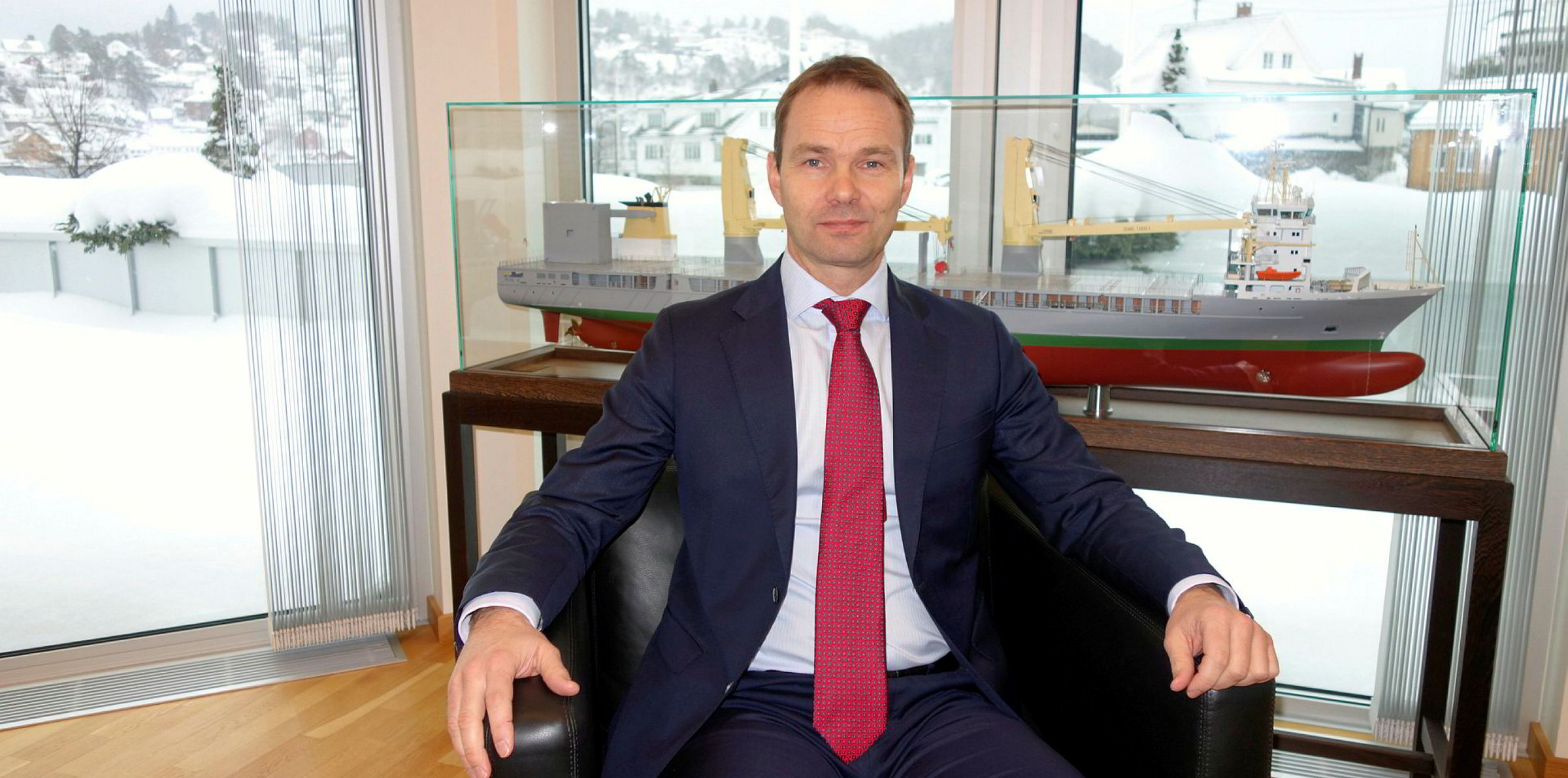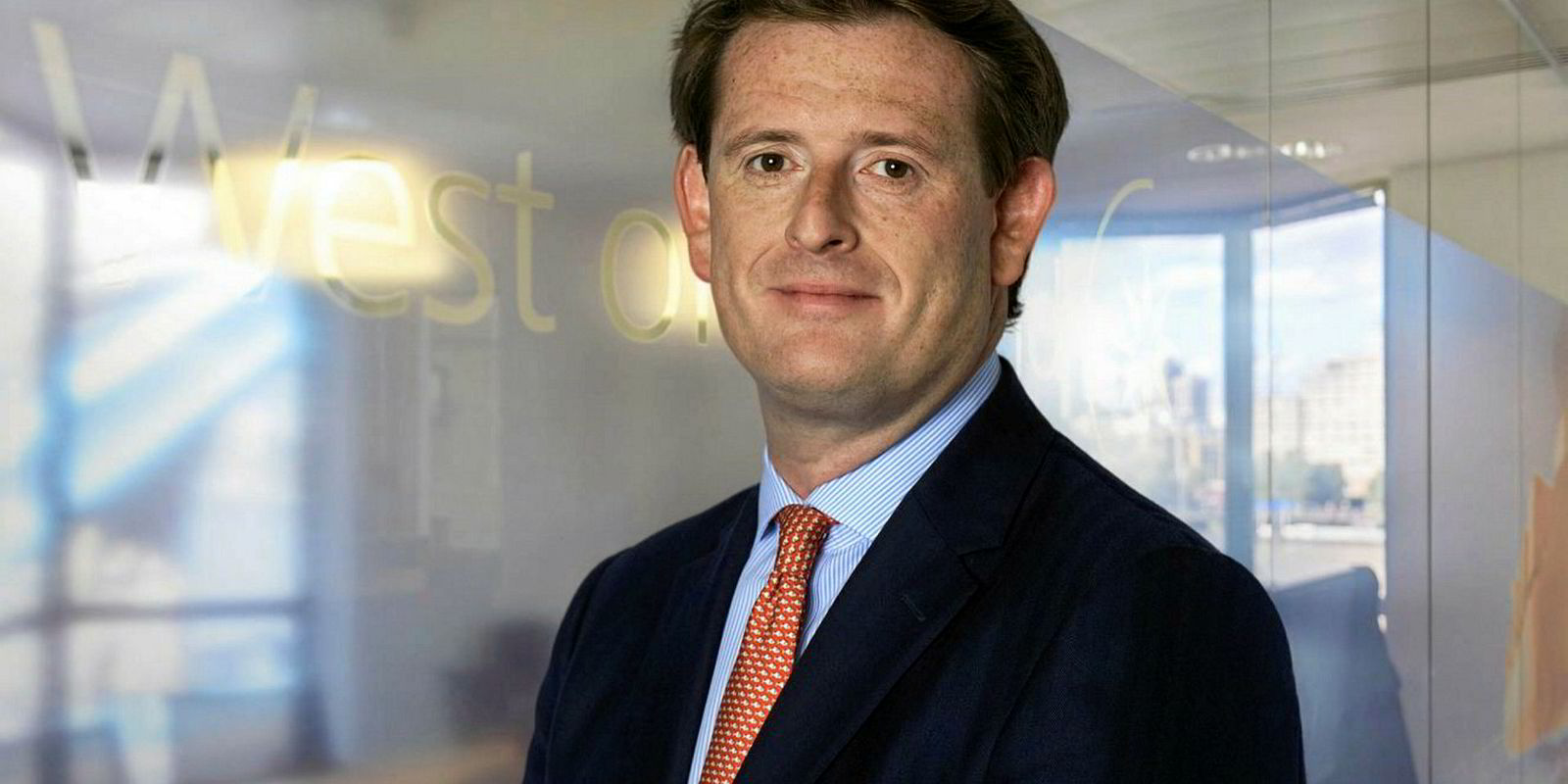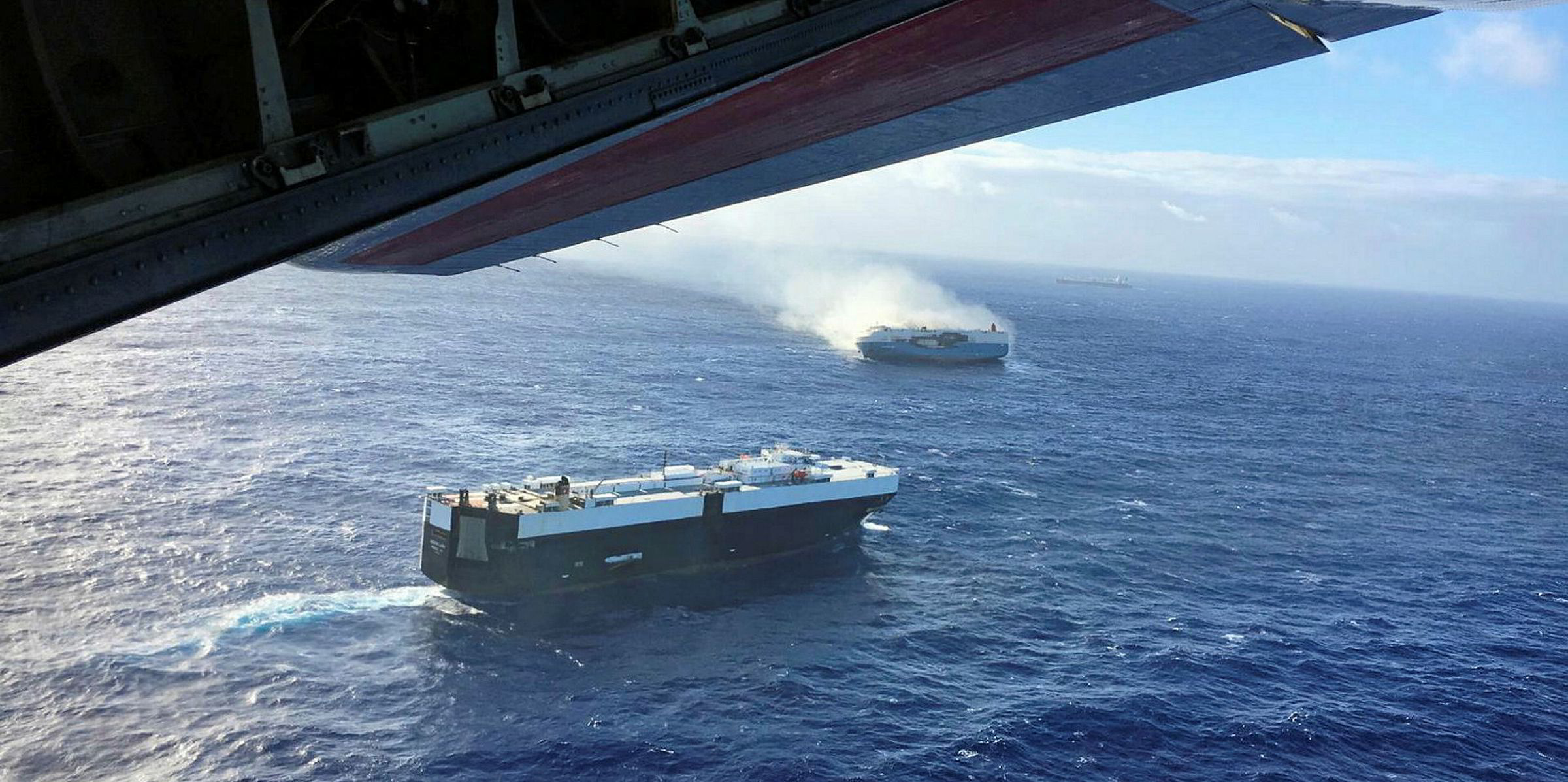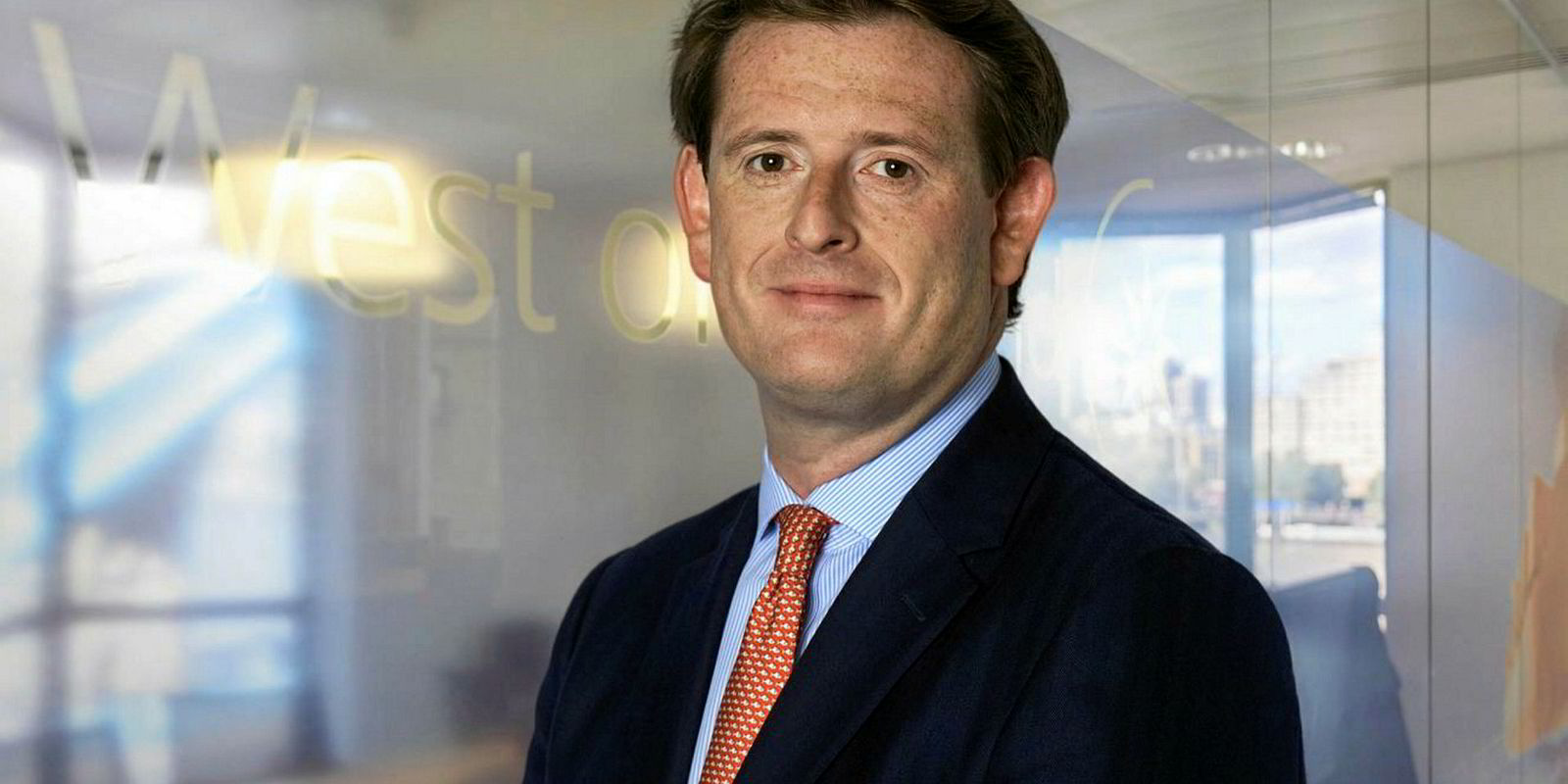A surge in claims at the end of the protection and indemnity year is adding to a bleak outlook for the mutuals, as market trends signal rising premiums for shipowners.
At least five potentially large claims will likely push the International Group of Protection & Indemnity Clubs’ collective pool claims, those of more than $10m, to about 20, with several eating into the reinsurance structure.
The claims comprise that of the boxship Yantian Express, car carrier Sincerity Ace, tanker Aulac Fortune, deepwater pipelayer Star Centurion and chemical tanker Athlos.
A rise in costly claims is the last thing the clubs want. Twelve of the 13 mutuals gambled on not imposing general increases in premiums for the upcoming year, with only the West of England raising charges.
The majority of clubs felt they could rely on an estimated $6bn in free reserves, which they built up over the past three to four years, to cope with a dip in premiums for at least 12 months.
Premium erosion
Where mutuals decide against a general increase, they tend to experience a decrease in premiums, following individual negotiations with shipowners and as newbuildings enter cover at lower rates. For example, Britannia P&I’s annual premium income fell by 0.7% last year after the club decided against a general increase.
With no general increase imposed in the past three to four years, premium erosion is beginning to take its toll on clubs with several reporting an underwriting loss, indicated by a combined ratio of more than 100%.
North P&I is predicting a combined ratio of 110% for the current year and the Shipowners' Club posting 106%, while the UK P&I Club reported 107% in the first half of the year. The Scandinavian clubs — the Swedish Club, Skuld and Gard — are among those that have bucked the trend, but brokers suggest that might not last long.

Many clubs are also reporting an erosion of investment income that, when combined with lower premiums and a rising casualty picture, is likely to mean free reserves will go into decline.
P&I clubs are already showing signs their funds have been hit by global economic uncertainty and sluggish equity markets.
UK P&I Club chief executive Andrew Taylor saysfaltering investment returns are adding to the pressure to ensure that premiums are adequate to cover costs.
A return to the days of 10% to 15% investment return is unlikely, so it makes it even more important to make sure the underwriting is in balance
Andrew Taylor, chief executive of the UK P&I Club
“Going forward to a return to the days of 10% to 15% investment return is unlikely, so it makes it even more important to make sure the underwriting is in balance,” he says.
Tougher renewal
P&I broker Tysers says: “If the current volatility in the financial markets continues into 2019, it is fair to conclude that the 2019 renewal will be the last soft one and a tougher approach can be expected for 2020.”
The concern is that with no general increase this year, next year’s premium increase could be doubly painful.
Marsh broker Richard Adler says: “Everyone was expecting more clubs to increase rates but in the end it was only the West of England. What that is telling us is that there is a danger there will be bigger increases next year.”
Some brokers suggest there will be more pressure on the financially weaker clubs to raise rates first, while the stronger clubs will be able to get away with more moderate increases.

That might contribute to a widening wealth gap within the International Group, and it could even start to promote consolidation.
Britannia P&I, for example, believes that with its strong free reserves and a fairly conservative investment strategy, it may be able to temper future increases.
“If you are deferring a small increase this year, are you going to have to have a larger increase next year? For us, I doubt it,” Britannia P&I chief executive Andrew Cutler says.
Position of strength
Norway’s Gard is generally regarded as the most financially sound of the P&I mutuals. Chief executive Rolf Thore Roppestad believes the club is still in a strong position even though rates may have bottomed out.
“I wouldn’t say the current premium level as we see it is unsustainable,” he says. “We are still having a good result, we have a good combined ratio in the first half of the year.
"We have two strong years behind us in combined ratios. So far after the third quarter, after three fairly large claims, we are still well below break-even. At present it’s OK, but now the bottom is reached.”






